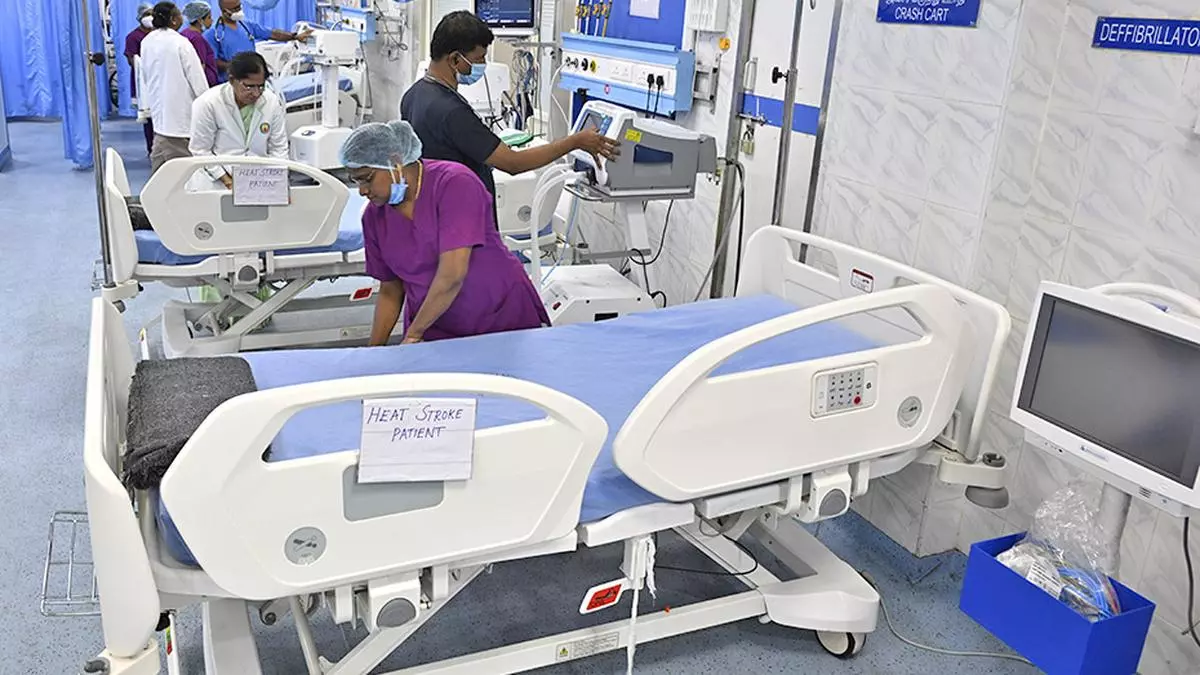Even as deposit mobilisation remains a challenge across banking industry, Yes Bank is aiming to maintain its credit-deposit (CD) ratio in the 80-85 per cent range going ahead, according to MD and CEO, Prashant Kumar. Edited excerpts:
Are persistently higher interest rates hurting credit demand?
I don’t think that current rate of interest has an impact on credit growth as we have been in the same interest rate regime for over one year. And if we see the loan growth even up to Q1FY25, the pace has been extremely good. The possibility of slower loan growth is because of what happened on unsecured side. All banks were growing at a very good pace on retail side and some portion of that growth was coming from credit card and other unsecured segments. So any slowdown in credit growth in comparison to last year is due to slower growth on the retail side, specifically on the unsecured side.
As we enter 2025, does deposit mobilisation still remain a challenge for the industry?
Deposit mobilisation continues to remain a struggle for all banks. Overall liquidity in the market is tight. As a structural change in the system, deposits are moving into other asset classes. Further, there have been huge efficiency in the government entities operations. The monies lying as deposits, because of enhanced efficiency, are no longer there. Corporates’ treasuries, too, have become very efficient. If they have working capital, they are not allowing funds to sit in current account. The behaviour of new generation is also changing, they are using funds for consumption rather than saving and are investing in products other than deposits like mutual funds. So deposit growth in system would continue to be a struggle, which can be taken care only by lowering loan growth aspiration… Currently, our CD ratio is at 85 per cent, and I think this is a good ratio for us, between 80-85 per cent…
What is your guidance on RoA?
Not guidance, but our aspiration is to have RoA of 1 per cent by FY27, and more than 1.5 per cent by FY30.
Would you be keen to apply for a third term after current term ends in October next year?
This is the board’s prerogative… It is too early for me to respond on these questions. As a person, too, I have never pre-planned future heavily, both in SBI and outside.
What are the key turnarounds made by the bank after moratorium in 2020?
When the moratorium was imposed, the first challenge was on transparency. Transparency on even the financial numbers, as very high NPA figures went unreported. This made a trust deficit between customers and the bank. So I think the most important thing we have been able to achieve is bringing back customer trust, which has resulted in accretion of liabilities, including higher current account and savings (CASA) growth. Other positive changes on lower NPAs, sustainable business growth and digital supremacy have been brought in. Secondly, we made several organisational-level changes. If we have to perform on a sustainable manner, we must have the right kind of processes and compliances in play. Today, no one in our institution can put pressure on others to do certain things, no individual calls are taken. All decisions are based on established governance framework.
What gives you the confidence, apart from shoring up priority sector lending (PSL), to acquire a MFI considering higher slippages in sector?
One of the reason we wanted to acquire a microfinance institution(MFI) is to meet PSL requirements in sub-categories. On an overall basis, we are actually surplus on PSL position. But sub-categories like loans to small and marginal farmers, non-corporate farmers, there are PSL requirements which no bank in India is able to meet via their own channels. Whether it is public sector or private banks, none meet PSL target on some of the sub-categories. Either they have to compensate for it by putting funds in RIDF (Rural Infrastructure Development Fund) or by purchasing PSLC (priority sector lending certificates). And for both, there is a cost. All banks have 3-4 per cent of their assets parked in RIDF. Against 3-4 per cent, we have 11 per cent of assets in RIDF, which we want to bring down to 3-4 per cent by FY30. Accordingly, if we got a good quality MFI, not only we would meet PSL requirements, but enter a higher yielding business if done in a controlled manner. We continue to explore our options.
Published on December 24, 2024








Leave a Comment